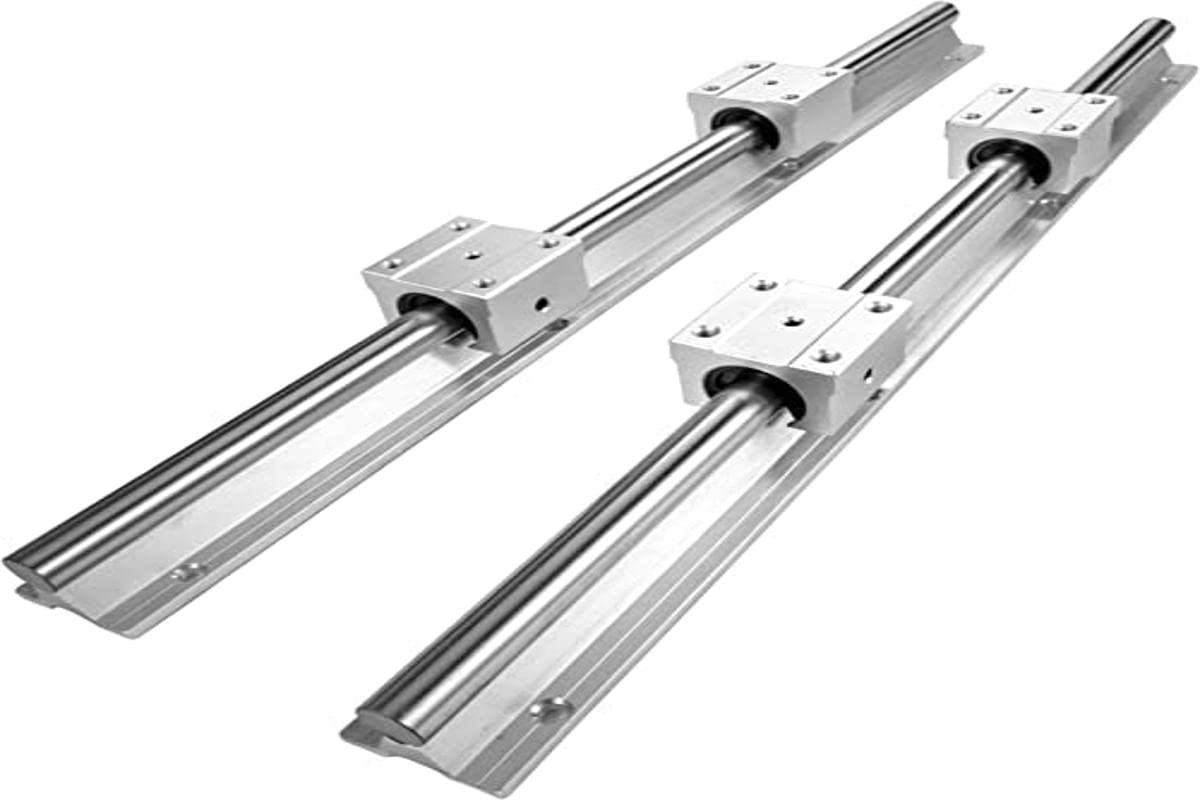Guide rail systems play a crucial role in various industries, providing support, guidance, and precision for moving parts and equipment. Selecting the appropriate guide rail system tailored to your specific application is essential for ensuring optimal performance, efficiency, and safety. This article explores key considerations, types of guide rail systems, and the role of ball joints in choosing the right system.
Understanding Guide Rail Systems
Guide rail systems are structural components designed to guide, support, and align moving parts or equipment along a specified path. They are used in diverse applications such as manufacturing, transportation, automation, and construction to ensure smooth operation and precise movement. The choice of guide rail system depends on factors like load capacity, environmental conditions, and operational requirements.
Types of Guide Rail Systems
1. Linear Guide Rails: Linear guide rails are commonly used in precision applications where smooth and precise linear motion is required. They consist of a rail and carriage system, typically made of materials like steel or aluminum. Linear guide rails offer high load capacity, accuracy, and low friction, making them suitable for CNC machines, robotics, and high-precision manufacturing equipment.
2. Elevator Guide Rails: Elevator guide rails provide vertical guidance and support for elevator cars. These rails are designed to withstand heavy loads and ensure safe and smooth vertical movement within elevator shafts. Elevator guide rails are often made of high-strength steel and engineered to meet stringent safety standards and regulations.
3. Conveyor Guide Rails: Conveyor guide rails are used in material handling systems to guide and stabilize products as they move along conveyor belts. These guide rails prevent product skewing or misalignment and ensure efficient product flow in manufacturing and distribution facilities. Conveyor guide rails are available in various configurations, including fixed, adjustable, and modular designs.
Choosing the Right Guide Rail System
When selecting a guide rail system for your application, consider the following factors:
1. Load Capacity: Determine the maximum load that the guide rail system will need to support. Choose a system with adequate load-bearing capacity to ensure safe and reliable operation under expected loads.
2. Environmental Conditions: Assess the operating environment for factors such as temperature variations, moisture levels, and exposure to chemicals or corrosive substances. Select guide rails made from materials that offer resistance to environmental elements to minimize wear and corrosion.
3. Precision and Accuracy: Depending on your application requirements, prioritize guide rail systems that offer high precision and accuracy in movement. This is critical for applications where dimensional accuracy and repeatability are essential, such as in CNC machining or metrology equipment.
4. Maintenance Requirements: Consider the ease of maintenance and servicing for the guide rail system. Choose systems that are easy to clean, lubricate, and inspect to prolong their lifespan and minimize downtime.
5. Compatibility with Ball Joints: Ball joints are pivotal in certain applications where flexibility in movement or articulation is needed. Ensure compatibility between the guide rail system and ball joints to achieve smooth operation and alignment.
Role of Ball Joints in Guide Rail Systems
Ball joints provide articulation and flexibility in guide rail systems, allowing for angular movement and adjustment of components. They are commonly used in automotive suspension systems, robotic arms, and articulated machinery. When integrating ball joints with guide rail systems, consider factors such as load capacity, range of motion, and durability to ensure compatibility and optimal performance.
Conclusion
Choosing the right guide rail system involves a thorough evaluation of application-specific requirements, including load capacity, environmental conditions, precision, and maintenance needs. By selecting a guide rail system that aligns with these factors and considering the role of ball joints where necessary, industries can enhance operational efficiency, ensure safety, and achieve reliable performance across diverse applications.
Whether for linear motion control in precision manufacturing or vertical guidance in elevator systems, the right guide rail system is pivotal in achieving seamless movement and operational excellence.

